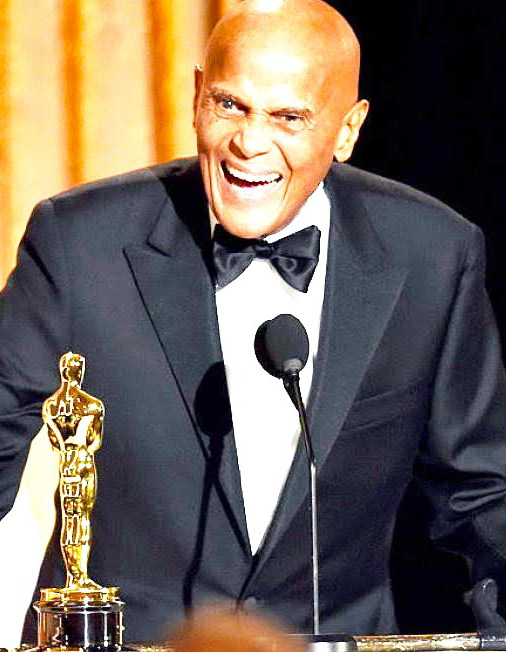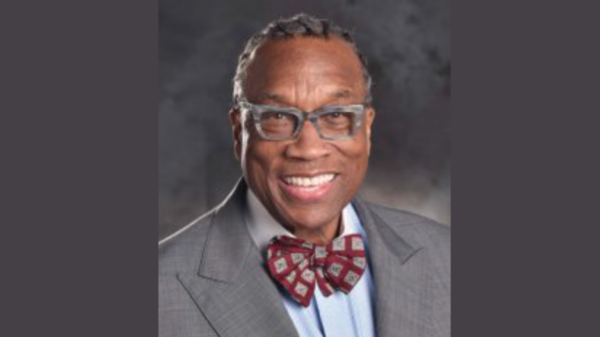By Vincent L. Hall
1968 was a tumultuous year. Historians have chronicled 1968 as one of the most tragic and traumatic in America’s brief history. 1968 featured a complicated, convoluted series of events that created cataclysmic social repercussions.

Only God above knew that Dr. Martin Luther King and Robert Kennedy would fall to assassins’ bullets. Although many conspiracy theorists believe the FBI had a good idea that King’s assassination was imminent.
One article in “The Smithsonian” led with “1968, the year that shattered America.” Anti-war and civil rights protests, assassinations, and political upheaval ruled the day.
The year of “shock and awe” began in late January 1968, during the lunar new year (or “Tet”) holiday. North Vietnamese and communist Viet Cong forces launched a coordinated attack. As a result of the “Tet Offensive,” the U.S. and South Vietnamese militaries sustained heavy losses.
Black and white glossies of pimply-faced soldiers and body bags on the daily evening news began to wear on Americans’ frayed nerves. Teenagers and young adults who could be drafted into the Vietnam War were active and defiant in their public dissent.
After one battle at the Vietnamese village of Ben Tre, an American officer replied to Associated Press reporter Peter Arnett, “It became necessary to destroy the town to save it.”
A few weeks later, approximately 700 unionized Memphis sanitation workers voted to strike in February. They held the formal blessing of the local branch of the NAACP soon after, and Dr. King arrived three weeks later to speak to an audience of 25,000. A few days later, 22,000 students skipped school to support the workers.
At the South Carolina State campus, police opened fire on students protesting segregation at Orangeburg’s only bowling alley. Three protesters died, and 27 more were wounded. Nine officers were later tried and acquitted of charges related to using force.
In the same month, The Kerner Commission, appointed by President Lyndon B. Johnson to examine the causes of race riots in American cities in previous years, declared the nation is…” moving toward two societies, one black, one white–separate and unequal.”
On March 16, 500 New York University students picketed a university-sponsored recruiting event for the Dow Chemical Company, the principal manufacturer of napalm.
America was witnessing a war on the war!
Easter was near, but Jesus seemed so far away. So John 1:46 of the Christian Gospels posed a question. “Can anything good come out of Nazareth? But by Good Friday 1968, America asked if anything good came out of 1968.
Well, one thing did! Indie Wire online published a story in 2020 about a Peacock documentary, “The Sit-In: Harry Belafonte Hosts “The Tonight Show.” The documentary was an eye-opener for most of White America. Blacks on television were still a rarity.
“In 1968, America was embroiled in protests over civil rights and the Vietnam War. In that tumultuous time, “The Tonight Show” host Johnny Carson turned over hosting duties to actor and activist Harry Belafonte for an entire week.
His guests included Martin Luther King Jr. and Bobby Kennedy, just months before they were assassinated, during a week that’s lost in American history.
At the time, Carson’s pioneering late-night variety show had become one of the country’s most influential platforms. So the move to have Belafonte take this mainstream institution and transform it into a multicultural and political experience, introducing white America to his world of art and activism, was unprecedented.
Belafonte became the first Black person to host a latenight TV show — even if it was only for a week.”
His guests included Lena Horne, Nipsey Russell, Bill Cosby, and others, all engaged in searing, in-depth interviews in an America that was forced to contend with itself as a country on the verge of radical change.
The Civil Rights and Voting Rights Acts, for example, which still left Black Americans behind economically, signaled some progress, no matter how incremental.
Belafonte drew other big names like Petula Clark, Dionne Warwick, Robert Goulet, both Smothers Brothers and Sidney Poitier. But they all came out of respect and admiration for Belafonte’s artistry, acumen, and activism.
Harry Belafonte was the epitome of the Black Renaissance movement that merged with the Black Power movement while walking alongside the peaceful, non-violent Civil Rights movement.
Harold George Bellanfanti Jr. was an artist whose acumen spurred him to activism. His template is worthy of mass reproduction.
Vincent L. Hall is an author, activist, and an award-winning columnist.









